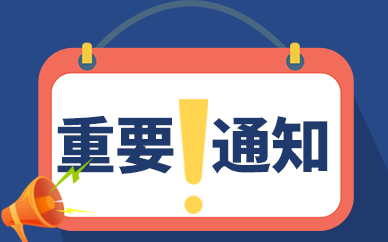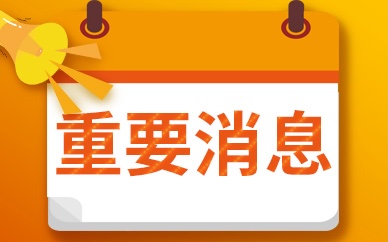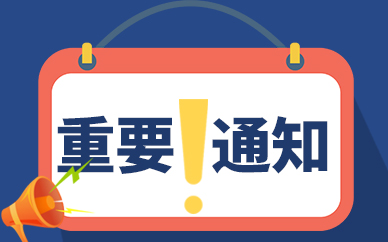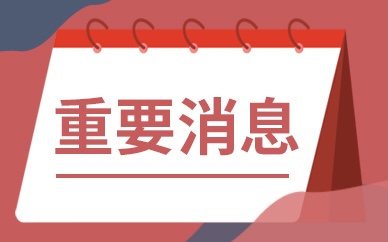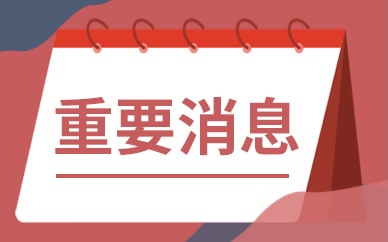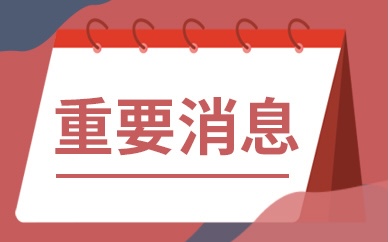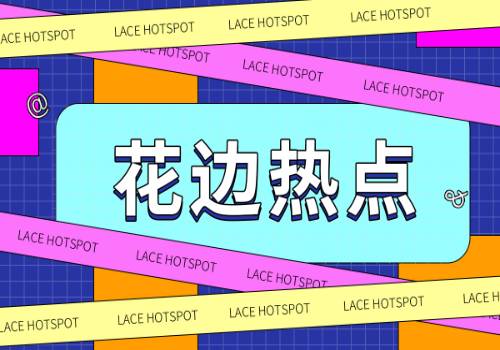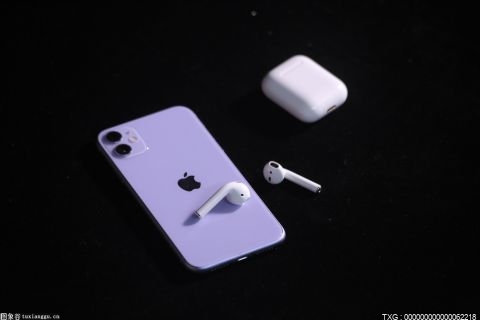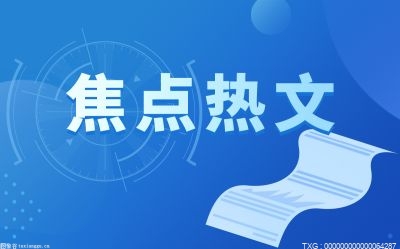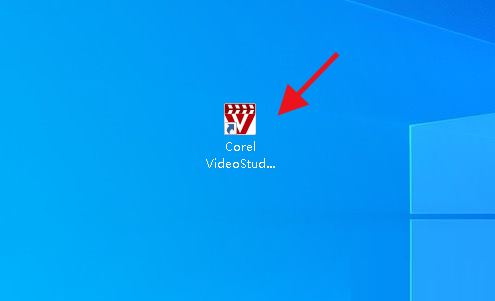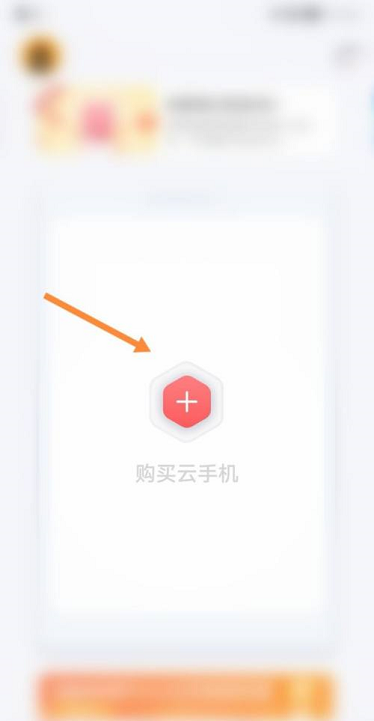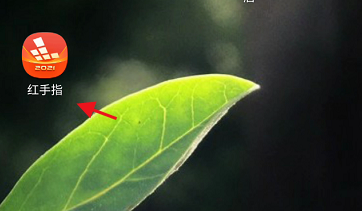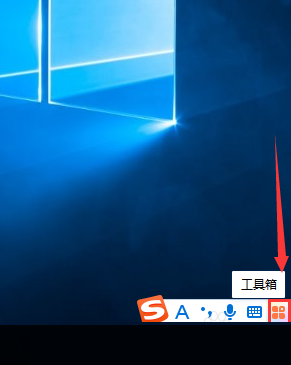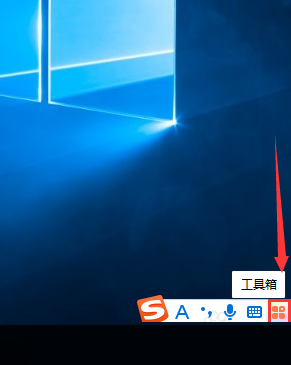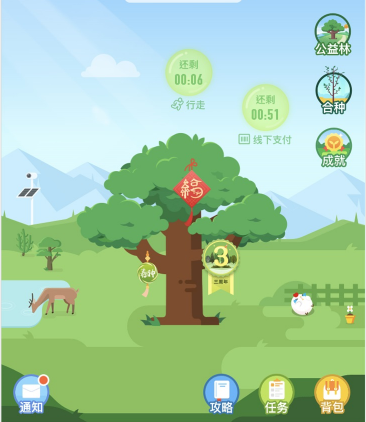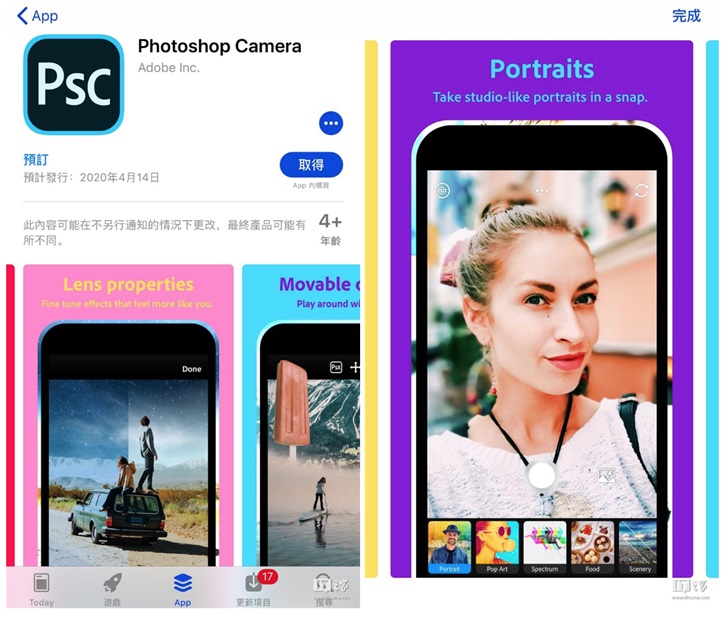 (资料图)
(资料图)
有时候想写一个无关框架组件,又不想用原生或者 Jquery 那套去写,而且还要避免样式冲突,用 Web Components 去做刚觉就挺合适的。但是现在 Web Components 使用起来还是不够灵活,很多地方还是不太方便的,如果能和 MVVM 搭配使用就好了。早在之前 Angular 就支持将组件构建成 Web Components,Vue3 3.2+开始终于支持将组建构建成 Web Components 了。正好最近想重构下评论插件,于是上手试了试。
构建 Web Components
vue 提供了一个 defineCustomElement方法,用来将 vue 组件转换成一个扩展至HTMLElement的自定义函数构造函数,使用方式和 defineComponent参数api基本保持一致。【相关推荐:vuejs视频教程】
import { defineCustomElement } from "vue" const MyVueElement = defineCustomElement({ // 在此提供正常的 Vue 组件选项 props: {}, emits: {}, template: `...`, // defineCustomElement 独有特性: CSS 会被注入到隐式根 (shadow root) 中 styles: [`/* inlined css */`]})// 注册 Web ComponentscustomElements.define("my-vue-element", MyVueElement)如果需要使用单文件,需要 @vitejs/plugin-vue@^1.4.0或 vue-loader@^16.5.0或更高版本工具。如果只是部分文件需要使用,可以将后缀改为 .ce.vue。若果需要将所有文件都构建 Web Components可以将 @vitejs/plugin-vue@^1.4.0或 vue-loader@^16.5.0的 customElement配置项开启。这样不需要再使用 .ce.vue后缀名了。
属性
vue 会把所有的的 props 自定义元素的对象的 property 上,也会将自定义元素标签上的 attribute 做一个映射。
props:{ type:String}
因为 HTML 的 attribute的只能是字符串,除了基础类型(Boolean、Number) Vue 在映射时会帮忙做类型转换,其他复杂类型则需要设置到 DOM property 上。
事件
在自定义元素中,通过 this.$emit或在 setup中的 emit发出的事件会被调度为原生 CustomEvents。附加的事件参数 (payload) 会作为数组暴露在 CustomEvent 对象的 details property 上。
插槽
编写组件时,可以想 vue 一样,但是使用时只能原生的插槽语法,所以也不在支持作用域插槽。
子组件样式问题
使用子组件嵌套的时,有个坑的地方就是默认不会将子组件里的样式抽离出来。
父组件
{{ title }}<script>import Childer from "./childer.vue"export default { components: { Childer }, data() { return { title: "父组件" } },}</script>
子组件
{{ title }}<script>export default { data() { return { title: "子组件" } },}</script>
可以看到子组件的样式没有插入进去,但是样式隔离的标识是有生成的 data-v-5e87e937。不知道vue官方后续会不会修复这个bug
查看组件是可以看到,子组件的样式是有被抽离出来的,这样就只需要自己注入进去了。
将子组件样式抽离插入到父组件里,参考这个的实现
import ComDemo from "~/demo/index.vue"const deepStylesOf = ({ styles = [], components = {} }) => { const unique = array => [...new Set(array)]; return unique([...styles, ...Object.values(components).flatMap(deepStylesOf)]);}// 将子组件样式插入到父组件里ComDemo.styles = deepStylesOf(ComDemo)!customElements.get("com-demo") && customElements.define("com-demo", defineCustomElement(ComDemo))完美解决子组件样式问题
方法
defineCustomElement构建的组件默认是不会将方法挂到 customElement上的,看 Vue 源码中,只有 _def(构造函数),_instance(组件实例))。如果想调用组件内的方法,dom._instance.proxy.fun(),感觉实在不太优雅。我们当然希望我们组件暴露的方法能像普通dom那样直接 dom.fun() 去掉用,我们对 defineCustomElement稍作扩展。
import { VueElement, defineComponent } from "vue"const defineCustomElement = (options, hydate) => { const Comp = defineComponent(options); class VueCustomElement extends VueElement { constructor(initialProps) { super(Comp, initialProps, hydate); if (Comp.methods) { Object.keys(Comp.methods).forEach(key => { // 将所有非下划线开头方法 绑定到 元素上 if(!/^_/.test(key)){ this[key] = function (...res) { if (this._instance) { // 将方法thi改为 组件实例的proxy return Comp.methods[key].call(this._instance.proxy, ...res) } else { throw new Error("未找到组件实例") } } } }) } } } VueCustomElement.def = Comp; return VueCustomElement;}总结
总体来说坑还是有不少的,如果仅仅需要构建一些比较简单跨框架插件,使用这种方式来构建 Web Components 也是一种不错的方案。
更多编程相关知识,请访问:编程入门!!
以上就是聊聊怎么用Vue3构建Web Components的详细内容,更多请关注php中文网其它相关文章!



